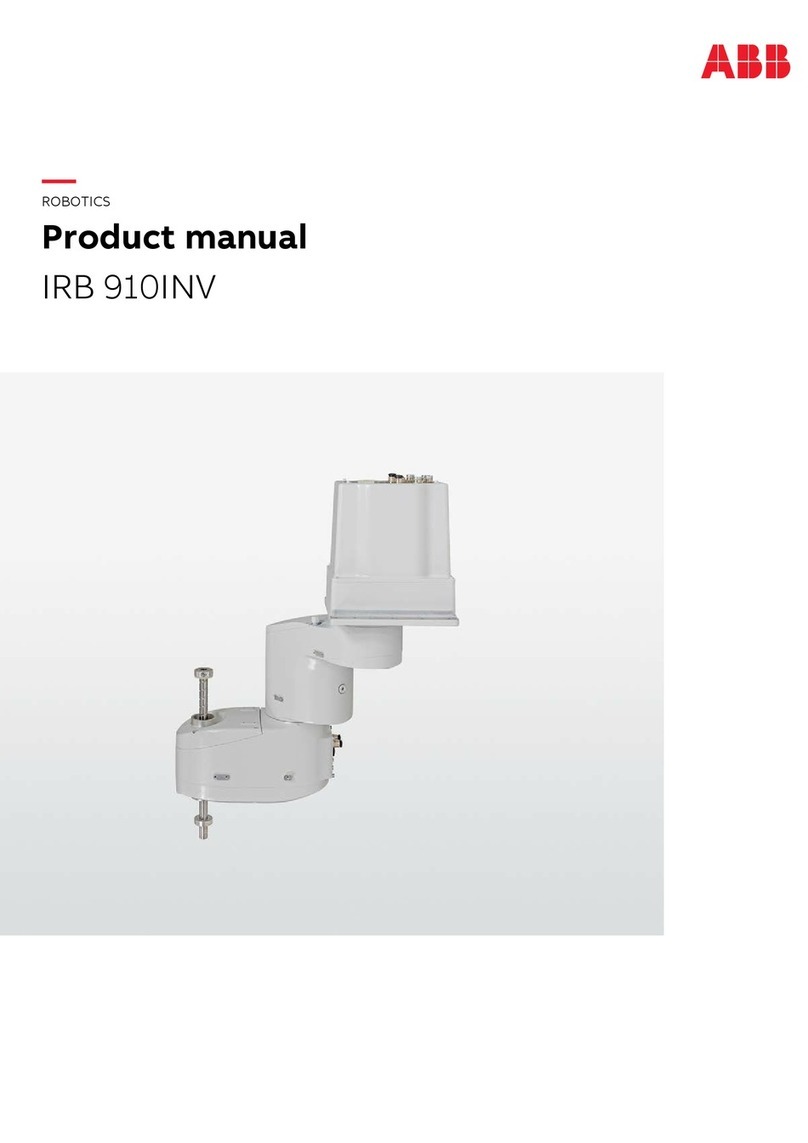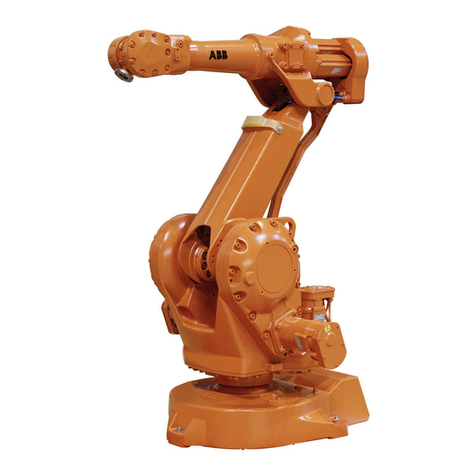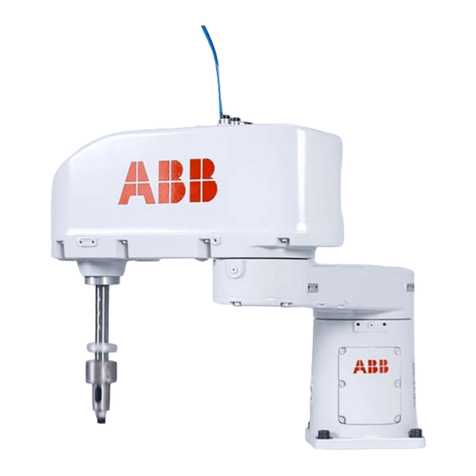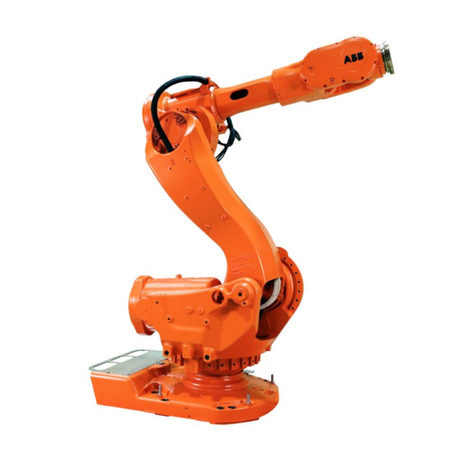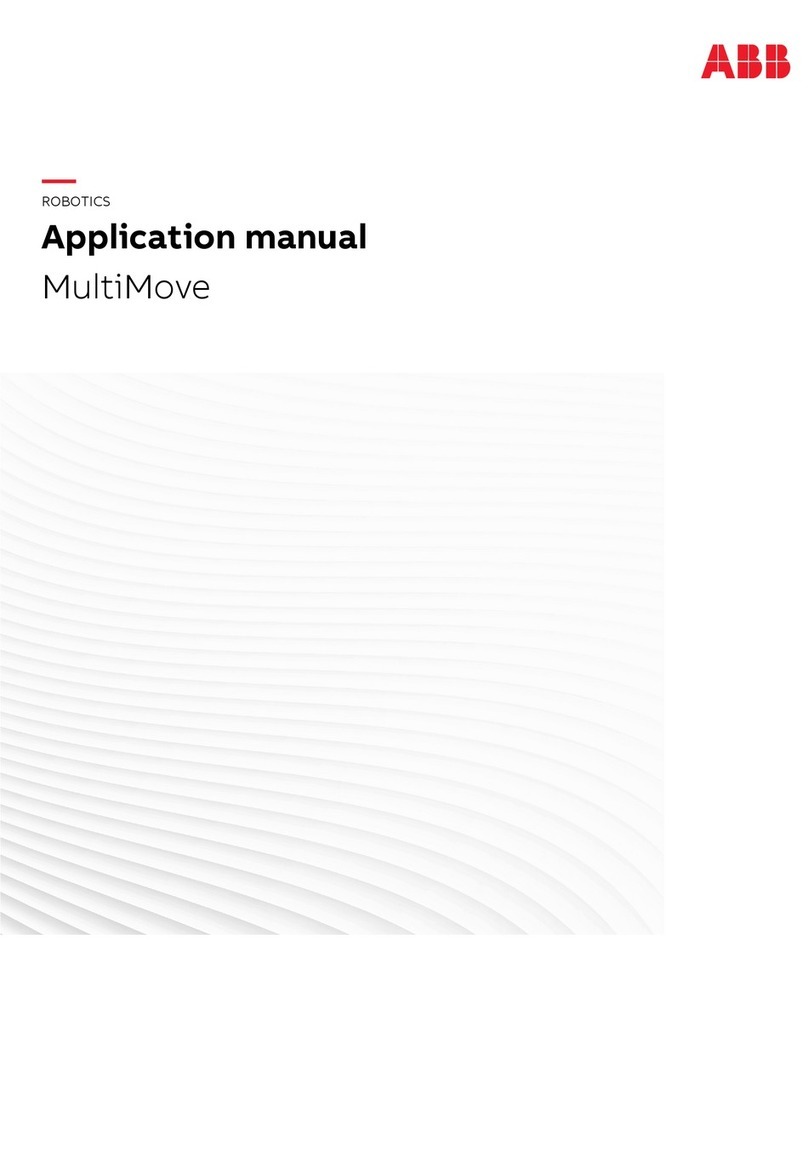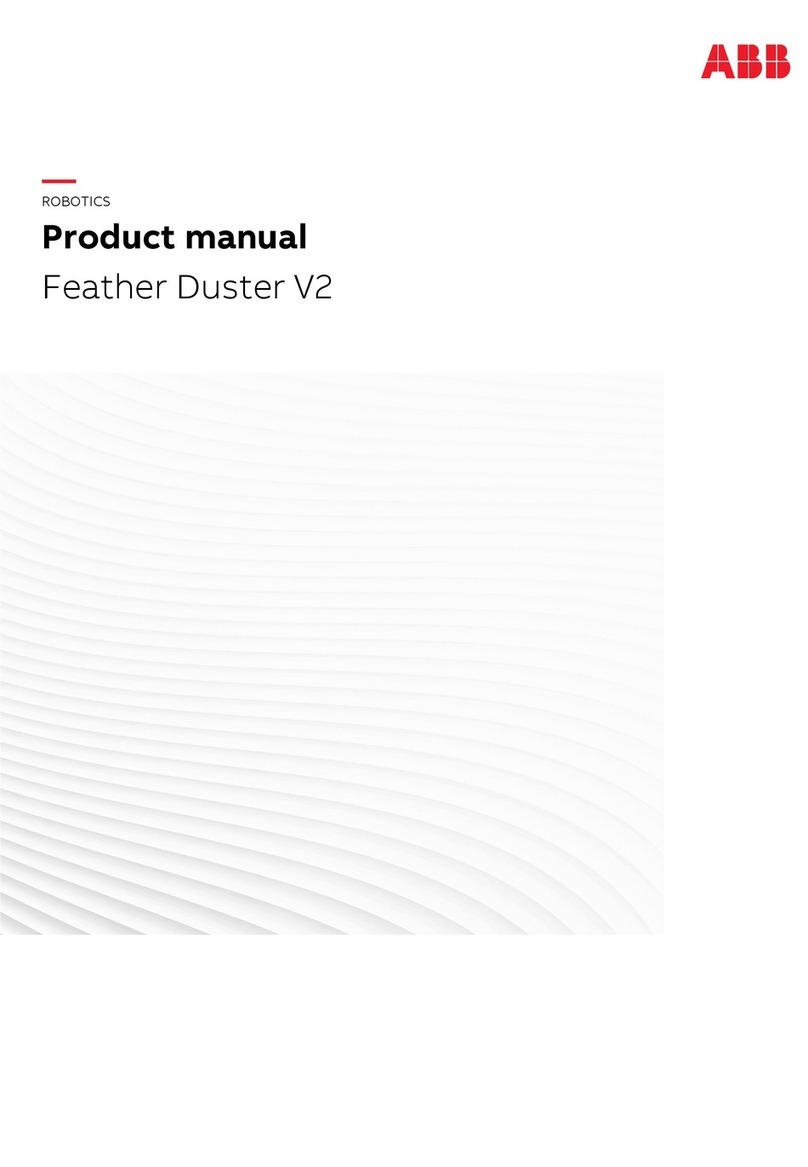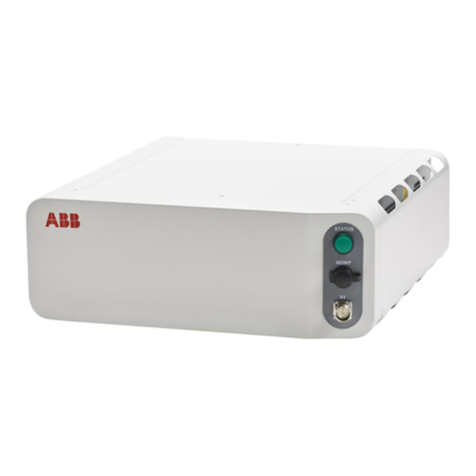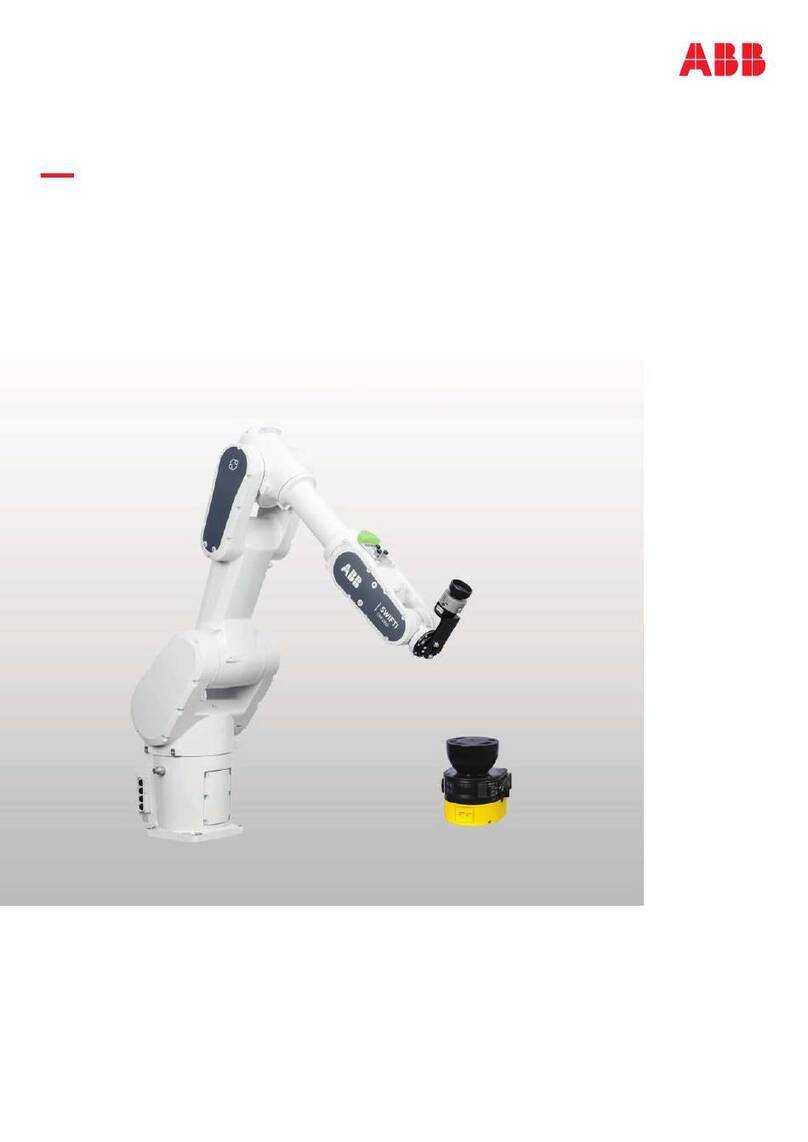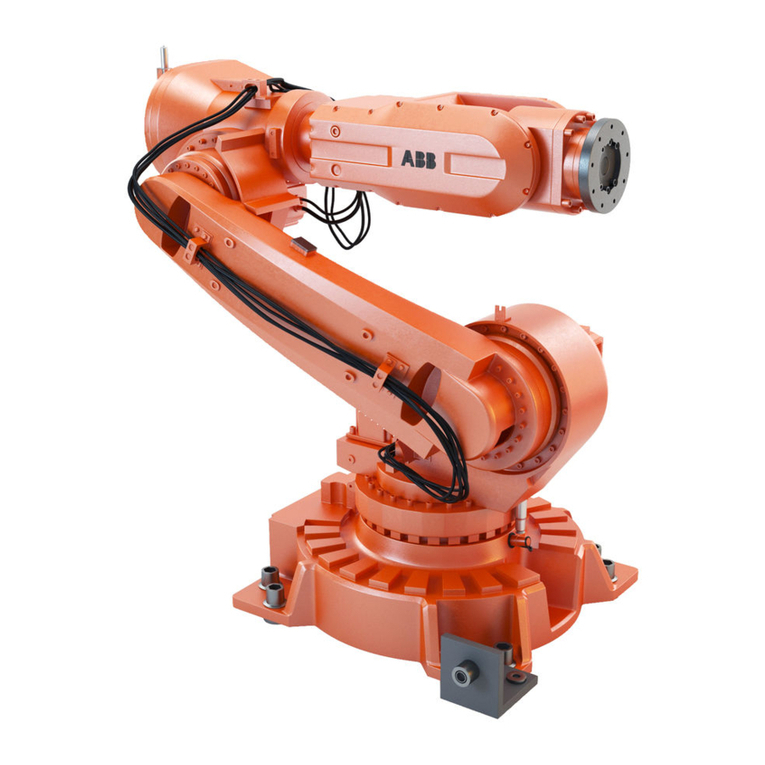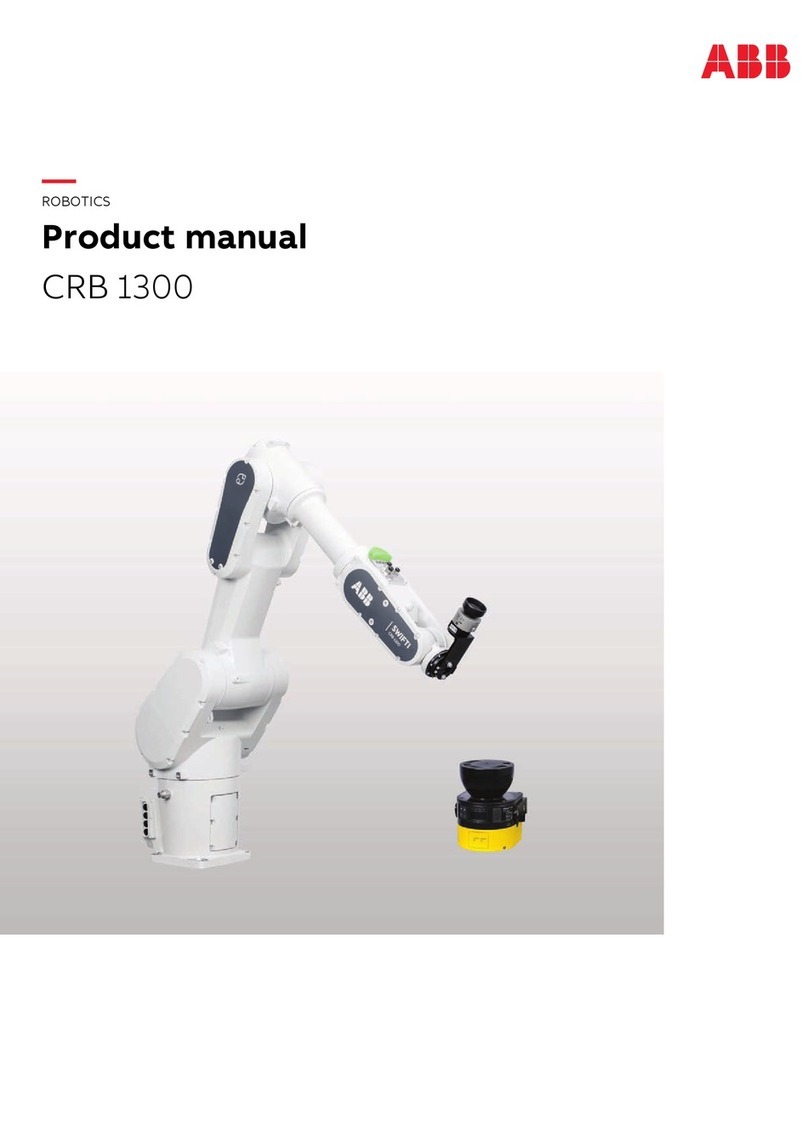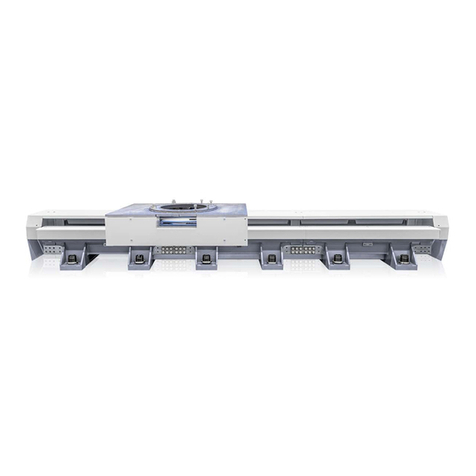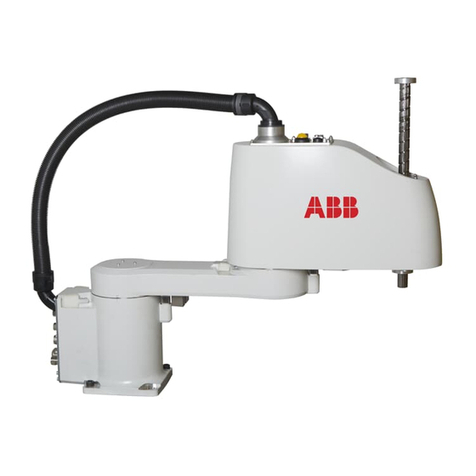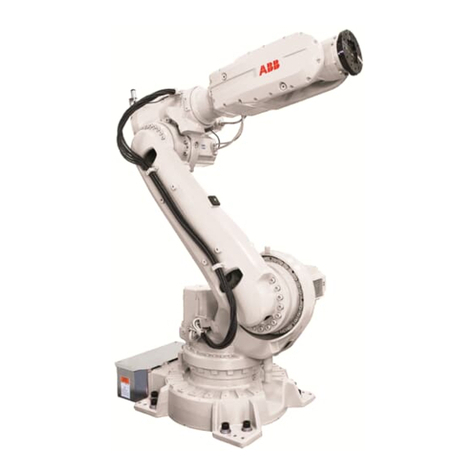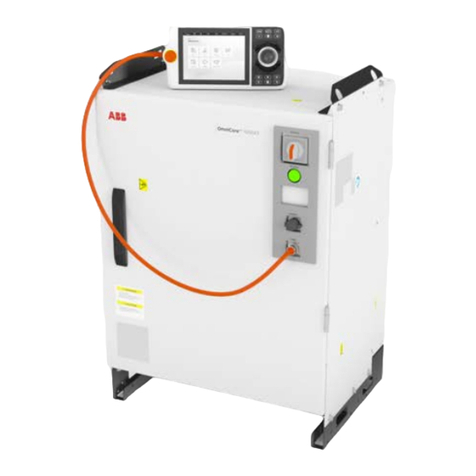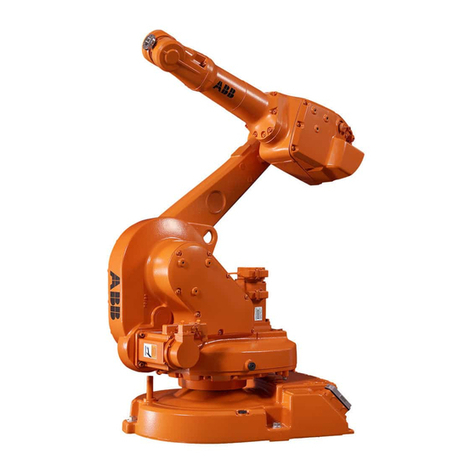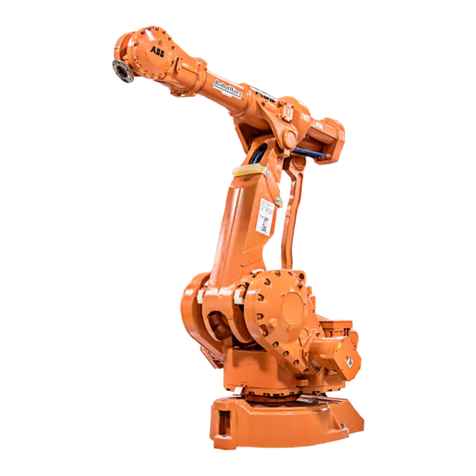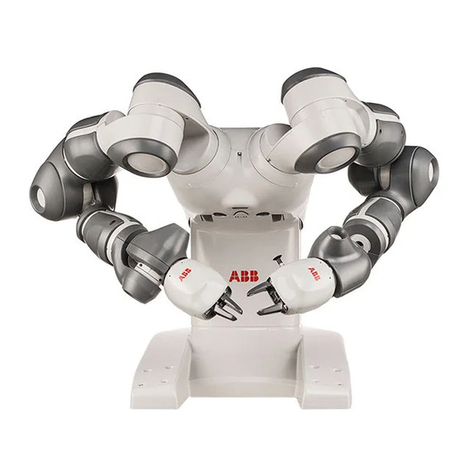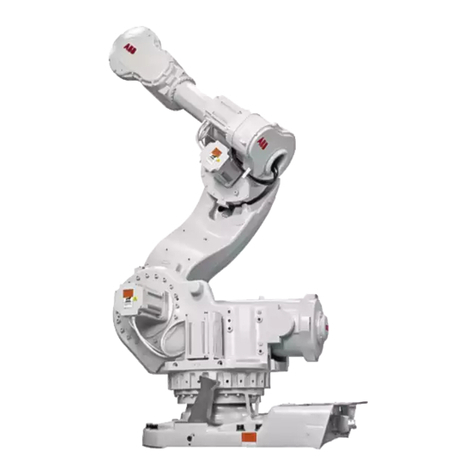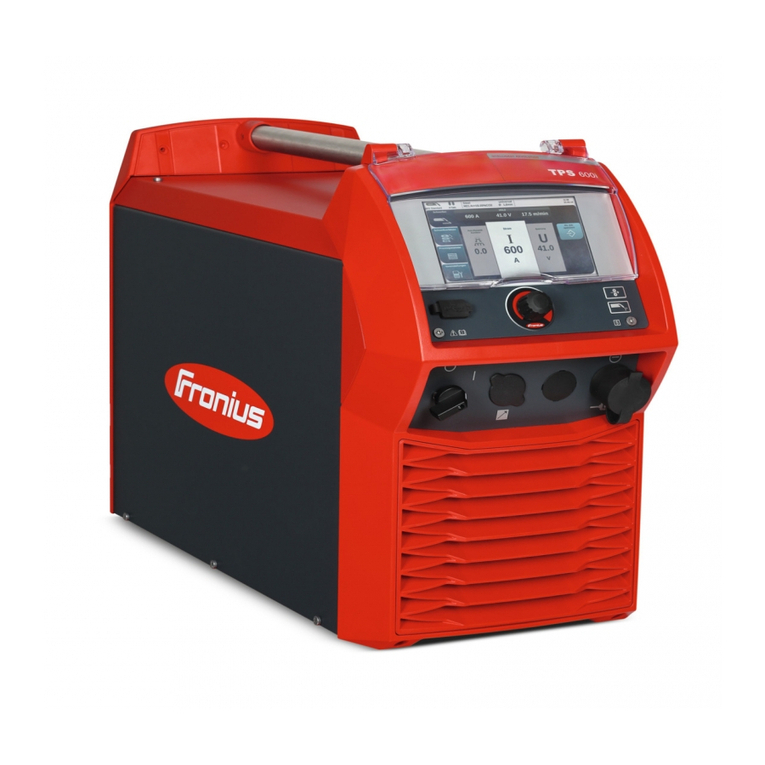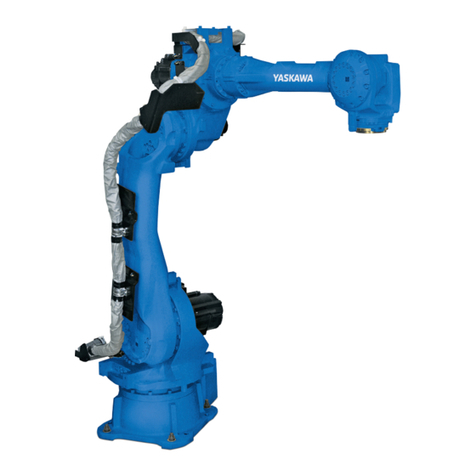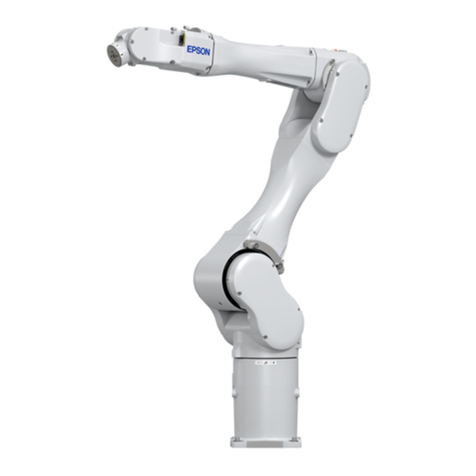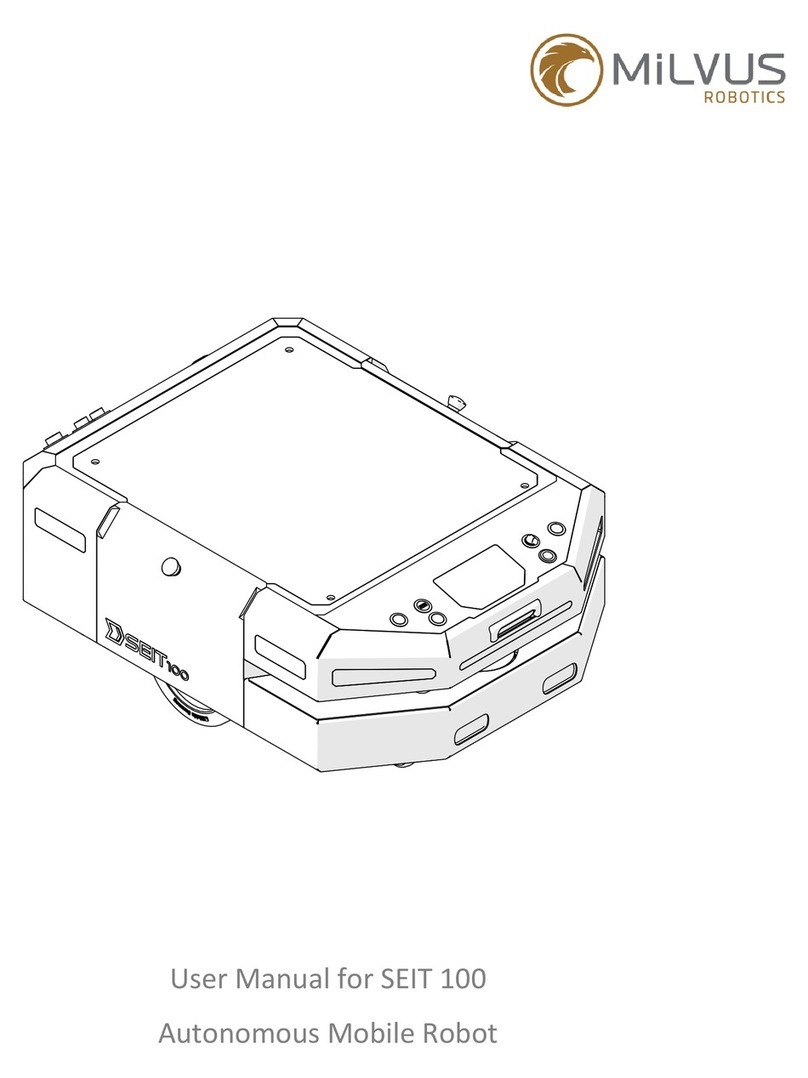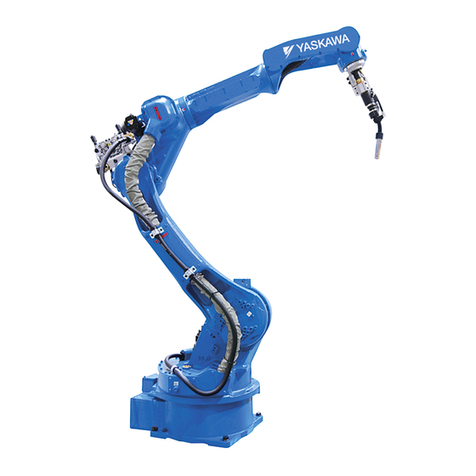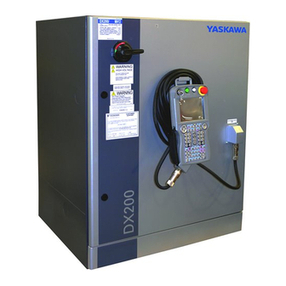
Product Specification IRB 6600
CONTENTS Page
Product Specification IRB 6600 M2000 1
1 Description....................................................................................................................... 3
1.1 Structure..................................................................................................................3
Different robot versions ......................................................................................... 4
Definition of version designation........................................................................... 4
1.2 Safety/Standards..................................................................................................... 6
1.3 Installation.............................................................................................................. 10
External Mains Transformer .................................................................................. 10
Operating requirements.......................................................................................... 10
Mounting the manipulator...................................................................................... 10
1.4 Load diagrams ........................................................................................................ 13
Maximum load and moment of inertia for full and limited axis 5
(centre line down) movement......................................................................... 24
Mounting equipment.............................................................................................. 25
Holes for mounting extra equipment ..................................................................... 26
1.5 Maintenance and Troubleshooting ......................................................................... 30
1.6 Robot Motion.......................................................................................................... 31
Performance according to ISO 9283...................................................................... 34
Velocity .................................................................................................................. 34
1.7 Cooling fan for axis 1-3 motor (option 113-115) ................................................... 34
1.8 SpotPack and DressPack ........................................................................................ 35
Description of DressPack....................................................................................... 37
Description of Water and Air unit.......................................................................... 39
Description of Power Unit ..................................................................................... 40
1.9 Description of Variants and Options for SpotPack................................................. 41
1.10 Examples of SpotPacks ........................................................................................ 59
1.11 Servo Gun (option) ............................................................................................... 62
1.12 Track Motion ........................................................................................................ 68
2 Specification of Variants and Options........................................................................... 69
3 Accessories....................................................................................................................... 79
4 Index................................................................................................................................. 81
